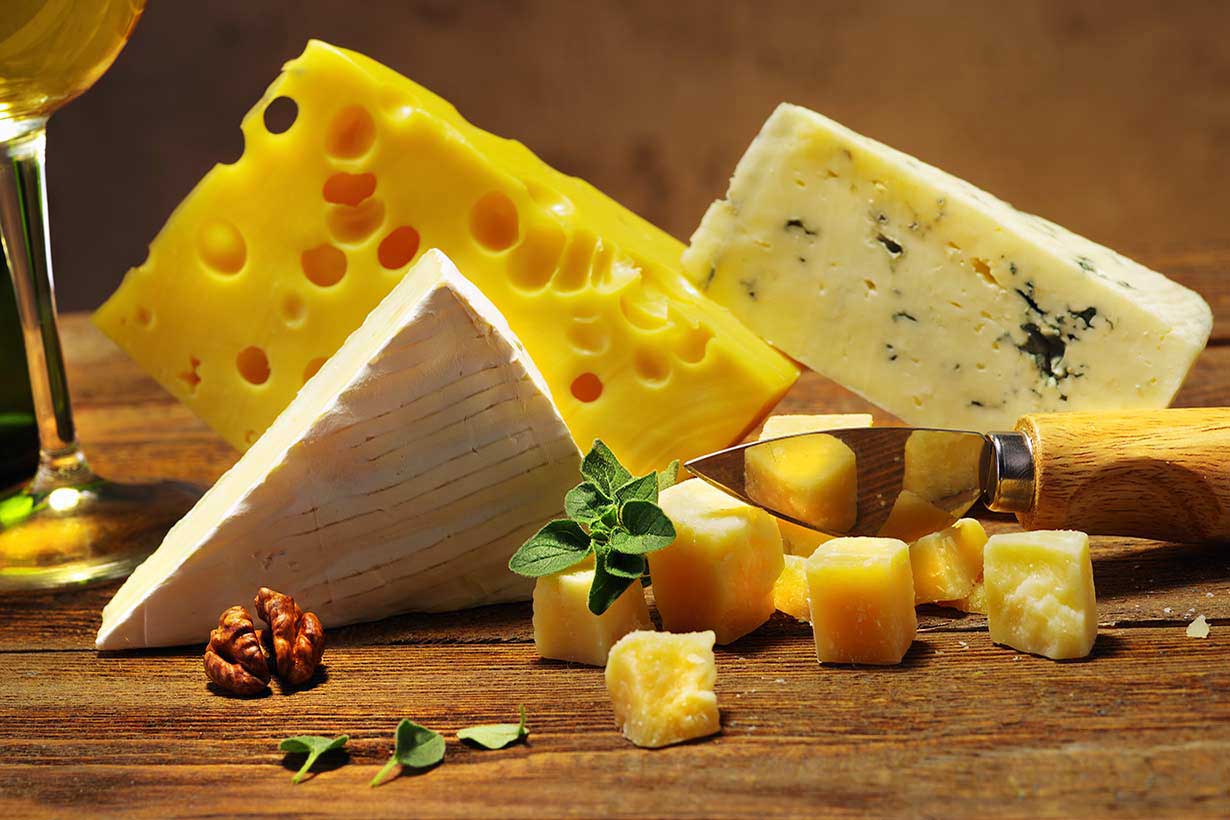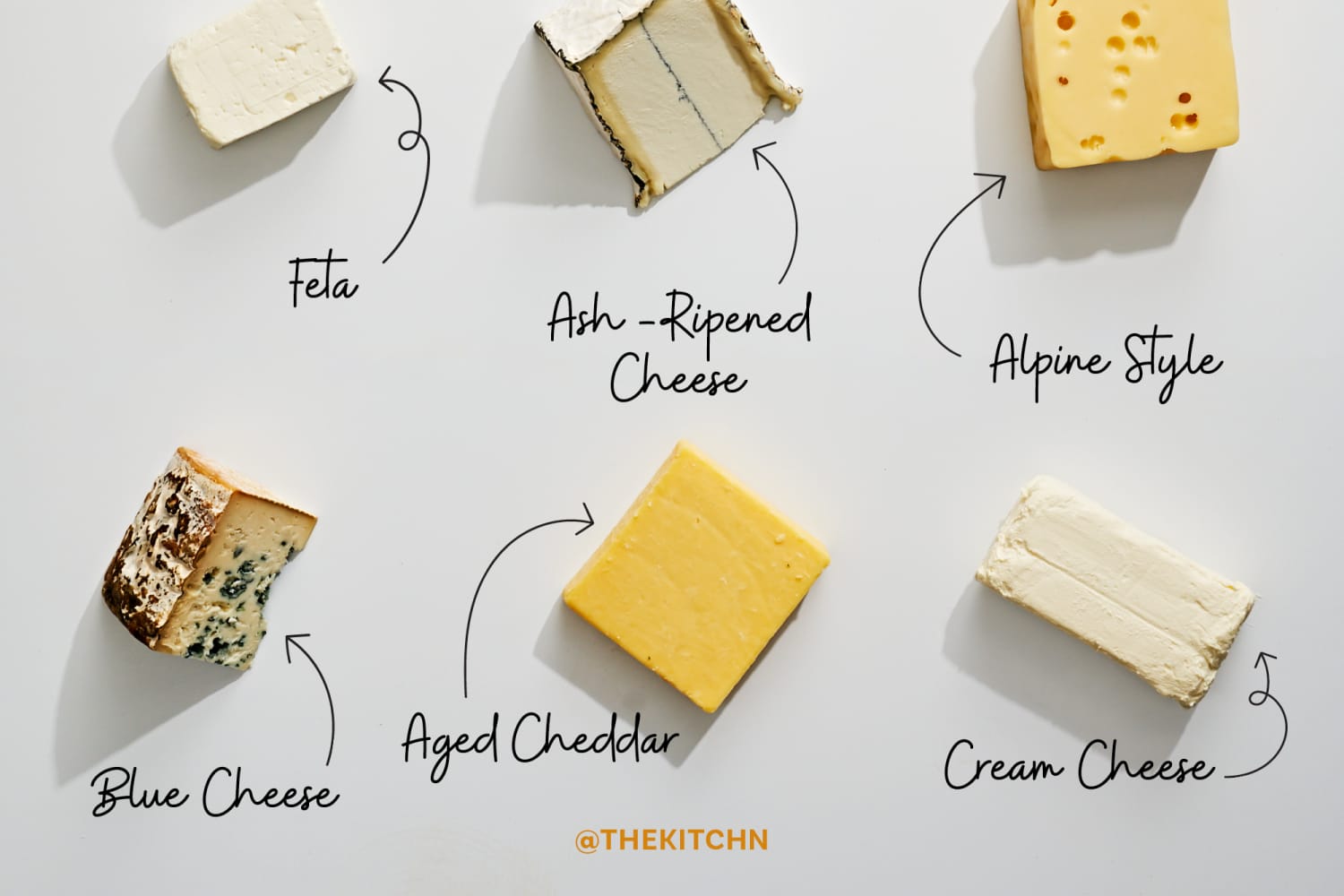Many folks wonder about the specific types of ingredients found in their favorite meals, and it's quite natural to ask, "what cheese does Chipotle use?" This is a very common question, and it points to a broader curiosity about the food we enjoy. Yet, thinking about cheese, it's almost like observing a living thing, always shifting and changing. The truth about cheese, in any setting, is that it seems to be alive and constantly morphing, which makes pinning down one exact answer a bit of a challenge sometimes.
You know, there's that old saying about never stepping into the same river twice, because the water is always flowing, always new. Well, in a similar way, you might say you never really eat the exact same cheese twice, even from the same place. This idea suggests that cheese, like a river, can be quite dynamic, with subtle differences appearing from one batch to the next, or perhaps even from one visit to another. This fluidity means that even if you knew a specific type of cheese was used, the actual experience of it could feel just a little different each time.
So, while the question about what cheese does Chipotle use is a good one, it also opens up a conversation about the general nature of cheese itself, and how it appears in all sorts of places and situations. We can explore the varied forms cheese takes, from simple additions to complex, artisanal creations, drawing some insights from different encounters with cheese. This way, we can appreciate the bigger picture of cheese in our food world, even if getting a precise, unchanging answer for a particular restaurant can be tricky.
Table of Contents
- What Makes Cheese So Special?
- How Does Cheese Change Over Time?
- What Kinds of Cheese Experiences Are There?
- Is That Cheese on My Burger?
- What Cheese Do You Find at Special Events?
- What Cheese Can Be a Dessert?
- What About Specific Cheese Varieties and Their Charm?
- What Cheese Pairings Are Common?
What Makes Cheese So Special?
Thinking about what makes cheese such a beloved part of so many meals, you might consider its very nature. It's truly something that seems to be alive and constantly morphing, a food item that changes over its life, offering different textures and tastes as it ages or as it's prepared. This inherent changeability is part of its charm, providing a wide array of experiences for anyone who enjoys it. The way cheese transforms, from a fresh, soft curdle to a firm, aged block, is quite something. It means that even the same type of cheese can present itself differently depending on its age or how it has been handled. This characteristic of cheese, this constant motion, means that the experience of eating it is never quite static, which is part of what makes it so interesting to many people. This dynamic quality is really what gives cheese its unique appeal, making it a staple in so many food traditions around the world. So, when we talk about cheese, we are talking about something that has a lot of movement, a lot of life, in its very being.
How Does Cheese Change Over Time?
The idea that cheese is always in flux is a good way to look at it, really. It’s a bit like that saying, you know, about how you never step into the same river twice. The water is always moving, always new. Well, in a similar fashion, it feels like you never truly eat the exact same cheese twice. This isn't just about different kinds of cheese, but even the same variety can have subtle shifts. A cheese made last week might taste slightly different from one made a month ago, or even from a different part of the same batch. This is due to all sorts of things, like the milk's origin, the season, or the specific conditions during its making and storage. This constant, subtle change is part of what makes cheese so fascinating for many people. It means that every bite, in a way, is a fresh encounter, even if you are eating a type of cheese you have had many times before. This ever-so-slight variation means that your taste buds get a slightly new adventure each time, which is pretty neat.
What Kinds of Cheese Experiences Are There?
When you start to think about cheese, it becomes pretty clear that it shows up in a whole lot of different settings, offering a wide array of experiences. It's not just one thing, you see, but rather a food item that adapts to many roles and tastes. From being a simple topping on a familiar dish to being the star of a grand tasting event, cheese has a way of fitting in everywhere. These varied experiences highlight just how versatile cheese can be, and how it plays such a significant part in so many different meals and gatherings. You might find it melted, crumbled, sliced, or as a creamy spread, each form bringing something a little different to the table. This wide range of uses means that almost everyone can find a way to enjoy cheese, no matter their preference. So, it's not just about one kind of cheese, but the many ways it shows up in our lives, making meals more interesting and flavorful.
Is That Cheese on My Burger?
Consider the humble burger, for instance. It's a classic example of how cheese becomes a simple, yet utterly satisfying, part of an everyday meal. I mean, I often go for a simple cheese burger myself, enjoying that familiar, comforting layer of melted dairy. But then, you have someone like Michael, who, quite differently, gets a double burger with no cheese at all, and even asks for raw onions instead. This really shows how personal preferences play a big role in what we choose to eat, even when it comes to something as common as cheese on a burger. It highlights the fact that while cheese is a popular choice for many, it's certainly not a requirement for everyone to enjoy their food. This difference in preference is just a little reminder that food is a very individual thing, and what one person loves, another might simply pass on. So, the presence of cheese, or its absence, is often a matter of personal taste, which is completely fine.
What Cheese Do You Find at Special Events?
Beyond everyday meals, cheese also takes center stage at more organized gatherings, which is pretty cool. For example, there was a time when the cheese parlor in Livermore provided two hard cheeses for a special occasion. One was described as kind of like a young Gouda, and the other was like a very aged Cheddar. These were served with crackers from Wegman's, which really made the point about having good accompaniments. Then there's the memory of a cheese event held at a vast warehouse in Queens, which sounds like quite an impressive gathering dedicated to all things cheese. These events really highlight the artistry and variety within the world of cheese, moving beyond just a quick bite to a more thoughtful appreciation. They show that cheese can be a focal point, bringing people together to explore different flavors and textures. It's a way of celebrating the craftsmanship that goes into making these delicious dairy products, making the experience much more than just eating.
What Cheese Can Be a Dessert?
Interestingly, cheese can also step into the role of a sweet ending to a meal, which might surprise some people. For instance, at a prix fixe dinner, I honestly thought I was going to have to toy with dessert, perhaps a traditional sweet treat. But then, to my delight, they had added a cheese plate to the menu. This was a really pleasant surprise, offering a savory and sophisticated alternative to the usual sugary options. A cheese plate as dessert is quite common in some parts of the world, providing a different kind of satisfaction after a meal. It allows you to savor some interesting flavors and textures, often paired with fruits or nuts, creating a very satisfying conclusion. This just goes to show how versatile cheese is, moving seamlessly from appetizers to main courses, and even making a very welcome appearance at the end of a meal. It's a rather elegant way to finish, offering something different from the usual sweet fare.
What About Specific Cheese Varieties and Their Charm?
Sometimes, the beauty of cheese lies in its specific details, the particular characteristics that make one type stand out from another. It's true that cheese can be so pretty, with its varied colors, textures, and even the way it's presented. Take, for example, Delice du Poitou. This is a goat milk cheese, notably made with vegetable ash, which gives it a distinctive appearance. It’s known for being richly creamy, with a bright citrus tang that makes it quite memorable. This particular cheese came from Foster Sundry in Bushwick, which points to the importance of specialized shops that curate unique and flavorful cheeses. The description really paints a picture of a cheese that is not just food, but almost a work of art, appealing to more than just the taste buds. It highlights how much thought and care can go into creating a cheese, making it a truly special item for many to enjoy. So, the specific qualities of a cheese, its look, its feel, and its taste, are really what give it its own charm.
What Cheese Pairings Are Common?
Cheese also often finds its place in combination with other ingredients, creating classic pairings that enhance the overall eating experience. For instance, my sister was, oddly enough, bringing a caprese salad to a gathering. This salad, with its fresh mozzarella, tomatoes, and basil, is a perfect example of cheese playing a vital role in a fresh, simple dish. This was meant to go with the turkey, which further illustrates how cheese can complement various main courses, adding a layer of flavor and texture. The way cheese interacts with other foods, whether it's a creamy addition to a salad or a sharp contrast on a platter, is a big part of its appeal. It shows how cheese isn't always the main event, but often a crucial supporting player that brings the whole meal together. These pairings are often a matter of tradition or simply what tastes good together, creating combinations that people have come to love over time.
So, when you consider the question of what cheese does Chipotle use, it’s a question that opens up a much broader conversation about cheese itself. It’s a substance that is alive and constantly morphing, never quite the same from one moment to the next. From being a simple addition to a burger, to taking center stage at a grand cheese event, or even serving as a delightful dessert, cheese truly is a dynamic food. We see it in specific, beautifully crafted forms like Delice du Poitou, and as a complementary element in dishes like a caprese salad. The precise details of a restaurant's cheese might be part of this ever-changing flow, much like how you never step into the same river twice, you never really eat the same cheese. This rich variety and constant subtle shift is really what makes cheese such an interesting and beloved part of our food world.



